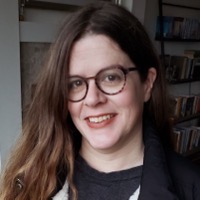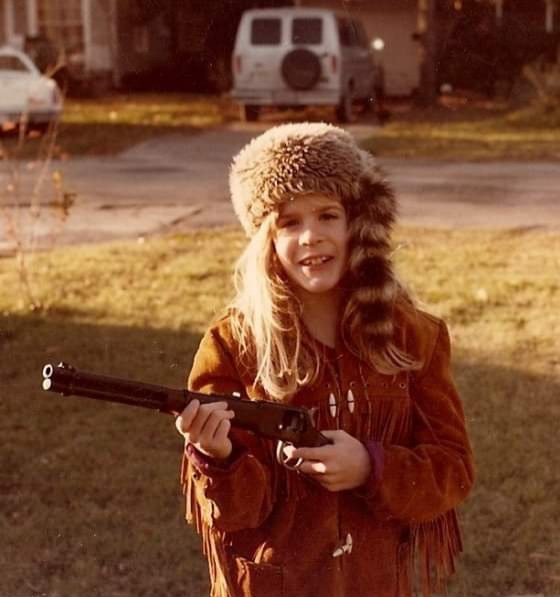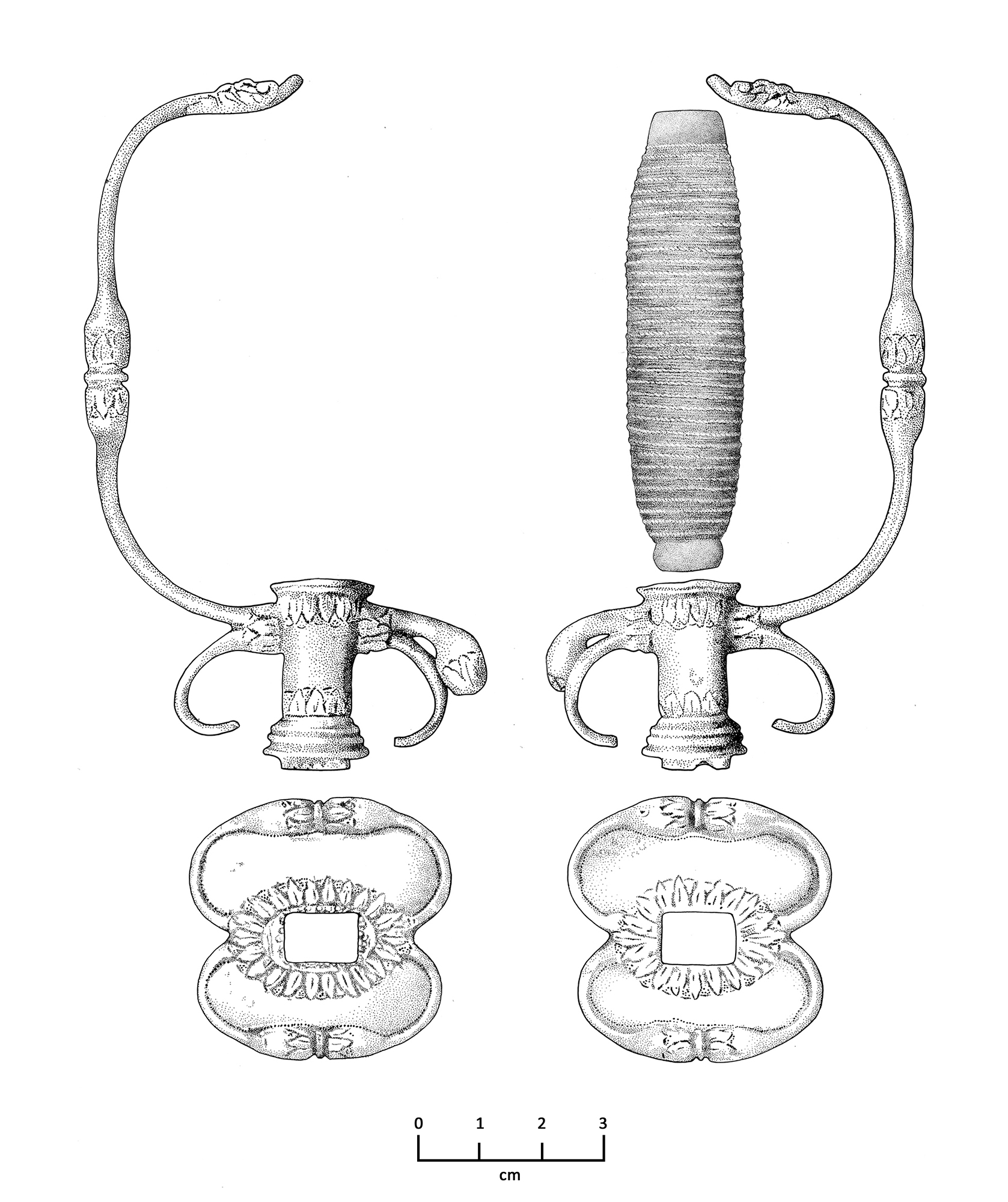
Job: State Marine Archeologist, Texas Historical Commission
When and how did you first become interested in archeology?
The earliest I can remember being truly fascinated by archeology was in elementary school, when the King Tutankhamun exhibit toured the United States. I did not attend, but my family purchased books on the ancient Egyptian artifacts which became a favorite reading pastime. Later my mother took an archeology class and inspired me and my sister by reciting what she learned about the Mayan Civilization and other archeological sites. While I was in high school, the Titanic was discovered and this truly sealed my fate. Both my parents collected antiques and my dad restored antique cars and collected western firearms. I was literally surrounded by history growing up, but it was these historic and ancient discoveries that introduced me to archeology and spurred my future academic and professional interests.
What do you love about what you do as an archeologist?

I have been fortunate to have worked on some amazing projects: a War of 1812 naval ship in Canada, a Byzantine shipwreck in Turkey, multiple Texas shipwrecks from the U.S. Civil War, a luxury steamship from the Texas Republic Period, and 19th-century Texas and Oklahoma river steamboats that were a major means of moving trade goods throughout the region. I have helped investigate several early sailing ships that carried cannons and firearms during the early revolutionary years of the 19th century in the Gulf of Mexico—some in water deeper than 4,000 feet.
Though these sites all differ in period and region, the very act of exploration and learning the “secrets” about these shipwrecks was and is still very exciting. In some cases, the name of the vessel and the reason it sank is known, but the archeological work provide the “forensic” evidence of its loss, the vessel itself (what it looked like and how it was made), its purpose, and the people that worked or traveled on it. Many times, however, the identity of the ship is not known, and archeological investigators in these circumstances are often much like detectives. They use the artifacts from the ship (and evidence from the ship hull itself) as clues to deduce the vessel’s age, how it was being used, who was on it, its name, and how/why it sank. Unraveling these mysteries and sharing the stories about these shipwrecks is exciting and one of the many things I most love about archeology. Such archeological sites, both on land and underwater, bring history to life.
What did you do to get to the place in your career that you are now?
As a youngster I always, always enjoyed reading, not only about history, but fictional stories about protagonists set in the past, such as those by Jane Austen or the Brontë sisters. I also enjoyed reading Laura Ingalls Wilder and the mysteries I inherited from my parents and grandparent (such as Nancy Drew or anything by Agatha Christie). I was constantly seen with a book or sketchbook in my hands, and later a 35-mm camera. The continuing development of my artistic abilities and early interest in history and reading went unabated into high school and were a foundation for my collegiate studies and my interest in archeology.
What do you love about what you do as an archeologist?

As an undergraduate at Purdue University, I majored in Fine Arts (printmaking) and had minors in History, Art History, and English Literature. My history minor was predominantly in ancient studies and for this reason I applied to graduate school in the Department of Anthropology at Texas A&M University (TAMU)—in the Nautical Archaeology Program. At the same time, due to my artistic background and photography skills, I was hired to work at TAMU’s Conservation Research Laboratory (CRL) as an artifact photographer, radiographer (creating X-rays of artifacts), and conservator. It was through this job I was introduced to historical archeology and artifact collections. I had, and have, a lot of experience working with artifacts, and I never lose my enthusiasm handling and studying the objects people used hundreds of years ago—quite literally touching history.
After the CRL I worked in contract archeology, conducting surveys and investigations on land and underwater to ensure that archeological sites are not damaged by construction projects. Collectively I worked at the laboratory and in contract archeology for about 13 years before being hired in 2010 as the State Marine Archeologist at the Texas Historical Commission.
What advice do you have for a young person who is interested in doing archeology?
Archeology is an exciting field and topic that draws on a lot of varied school subjects, not just history and English classes (we write a lot of papers, reports, books, and articles), but also math, science, and the arts. I work in underwater archeology which relies a lot on underwater remote-sensing to locate shipwrecks, and also diving in order to investigate them—both also very technical subjects.
It is good to maintain interests in many topics and to read, read, read—as much as you can. Personally, I have found that fostering and developing unique skills, such as drawing and photography, can help move one forward academically and professionally. I have been invited on many projects solely for my artistic ability as I can create very accurate field site maps and artifact illustrations. Proficiency in computer software such as Esri ArcGIS and Adobe Photoshop for college-age students can be invaluable towards continuing education and professional development.
